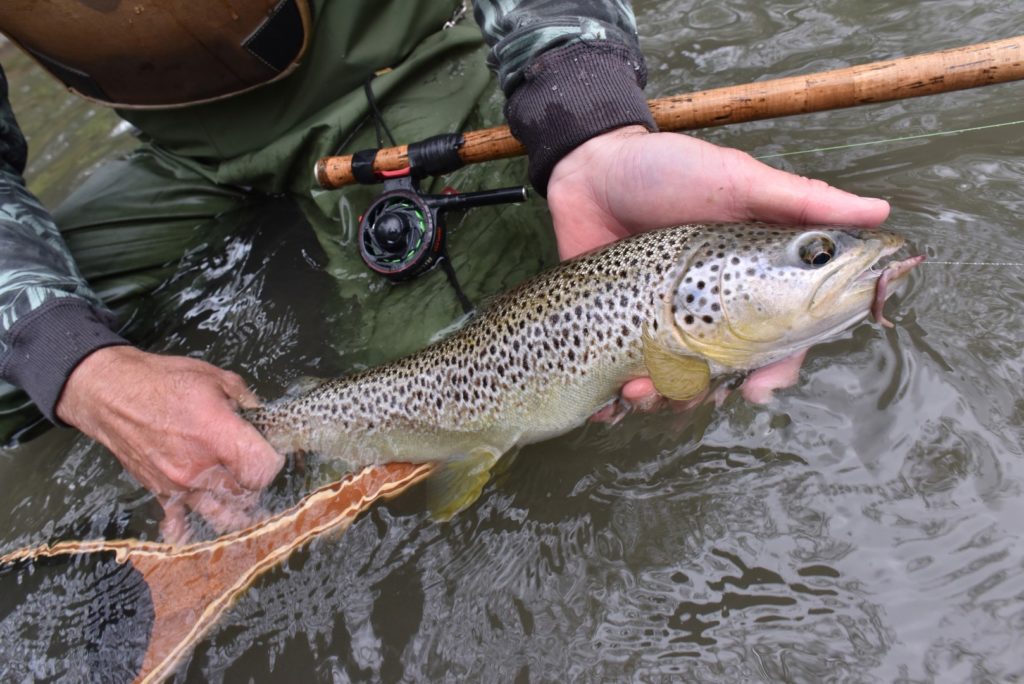Catch and Release Fishing Technique
Catch and release fishing is a great way to experience the thrill of fishing without depleting fish stock. Catching and then releasing them back into the water ensures that fish populations remain healthy, and allow other anglers to experience the joy of reeling in that big one.
In many locations catch and release is required to avoid depleting certain fish species in lakes, rivers and creek. This technique is quite common with fly fishing. The steps below explain some specific techniques are used to catch and release fish in such a way that the fish has the greatest chance for survival after being released.
- Even if catch and release is not required, only keep what you are planning to eat. Fresh fish is much better than frozen.
- Use barbless hooks or crush the barbs down on a regular hook. This technique will cause as little damage to the fish as possible.
- Use an artificial lure and flies instead of live bait to lessen the possibility of the hook going down in the throat of the fish. This makes it easier to unhook the catch.
- Set the hook immediately after seeing or feeling movement to avoid the hook going deep into the fish. The goal is to hook the fish in the mouth where they will feel less pain and are more likely to heal.
- Bring the fish in quickly with consistent pressure on the line. Using heavy line reduces the chance of the fish getting away with the hook and line still attached. Reeling in quickly keeps the fish from expending too much energy fighting so it has enough energy left to recover after the release.
Catch and Release Tips:
- Largemouth bass are extremely hardy and are a good type of fish to catch and release.
- Make sure you wet your hands when handling the fish.
Cautions:
- Try not to lay the fish on the boat floor or dock. Any injury to the scales will be a death sentence to the fish.
